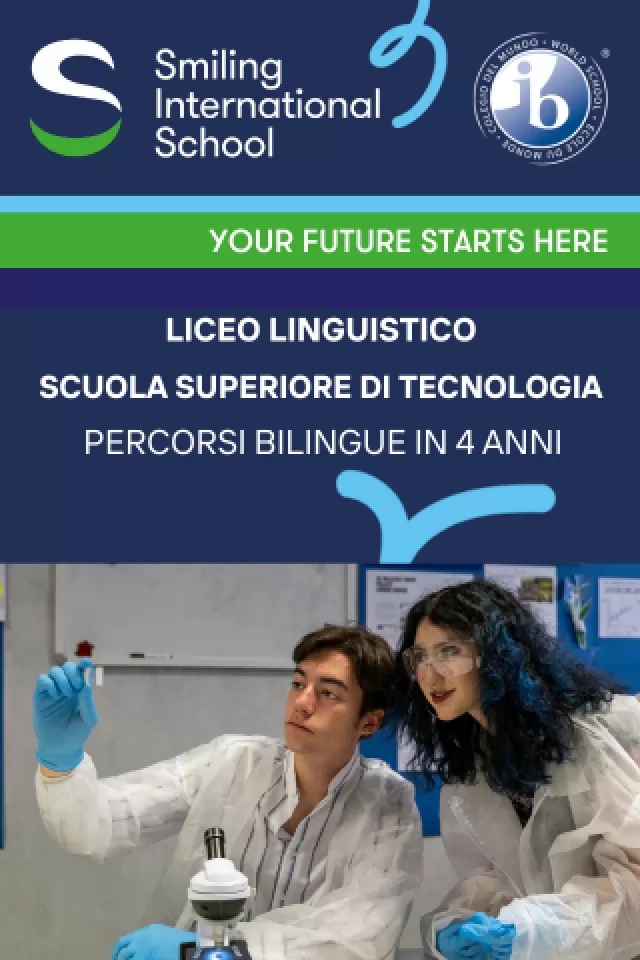Pietroburgo e lItalia (1750-1850).
30 April-15 June 2003. This exhibition, setting out to celebrate the 300th birthday of St Petersburg and its most flourishing period from 1750 to 1850 is actually a portrait of a city. It finely delineates the progress of its planners and builders, and amply illustrates the tastes, likes and styles of the period, so becoming a precise historical document.
The most instructive and intimate portrait of the city is offered by a large group of watercolour paintings, engravings and drawings which constitute the body and bulk of the show. Often too close to architectural verity, made by people trained by the vedutisti of Venice and Rome, they are horizontally wide-stretching views, desperately neat and tidy, but often with a sweet tang of sentiment, seawind and weather underneath. Wide panoramas of sugar-white palaces with a lacework of windows and columns, standing between milky skies, silky blue sea and pale green shores. It is always noon in these northern waterviews but the sun never shows its face. This mutedness, and the coy flirting with reality, is a sign of the times. But a special feeling for distance, and a devotion to dainty execution, lends these works an endearing quaintness and makes them a touching record.
Alas, the real treasures of the Hermitage, its great art, because it does not fit into the chosen time period, is shown only in a choice handful of token examples. There is Titians marvellous oil portrait of Paolo III, the pope an alert old schemer, a crafty fox of a man huddled in deep red velvet, so vividly painted that, seeing it, you can feel its touch. There is Bassanos Miracle of the fishes and the loaves teeming with busy sturdy country people and fleecy dogs. Palma Il Giovanes oil is both dreamy and tragic. There is a Raphael-like scene by Garofalo and the rustic flamboyance of Sebastiano Ricci, as well as baroquely agitated compositions like Tiepolo by Gianbattista Pittoni.
However, unfortunately the exhibition abounds in the once successful and now forgotten painters of the late Rococo and particularly the neo-classical style, who were specially called to work in the St Petersburg studios. Skilled alright, few of them displayed a spark of wonder.
The watercolour paintings prettily document the look of a fantastically planned city, the neo-classical painting coyly obscures it. The few renaissance works make it shine.
General Info
View on Map
Pietroburgo e lItalia (1750-1850).
Complesso del Vittoriano, Via di S. Pietro in Carcere, tel. 066780664. 09.30-19.30. Fri and Sat 09.30-23.30. Sun 09.30-20.30.


















